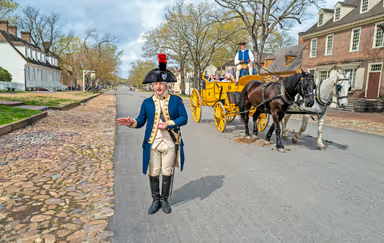Map view
Old Town Alexandria
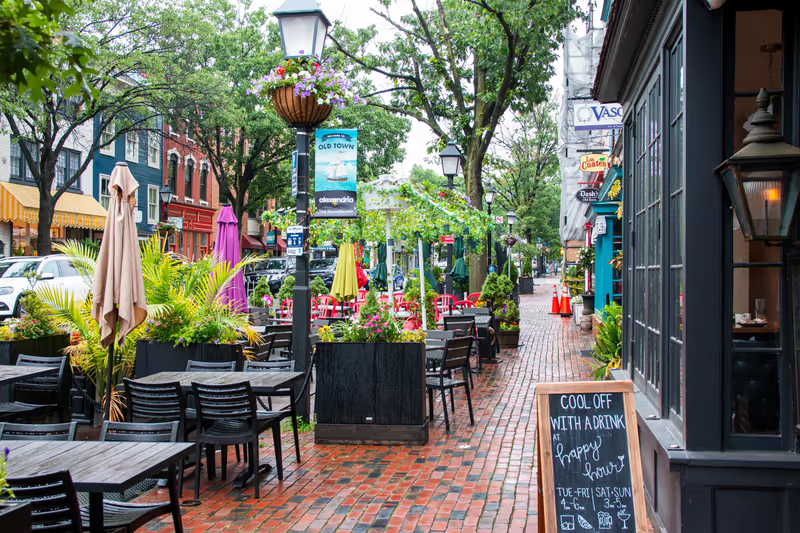
- Old Town Alexandria is a historic district located in Alexandria, along the Potomac River waterfront
- Founded in 1749, it is one of the oldest neighborhoods in the Washington, D.C. area and is recognized as the third oldest designated historic district in the United States
- The area has a colonial history that spans over 200 years
- It includes more than 140 locations associated with George Washington, the first president of the United States
Arlington National Cemetery
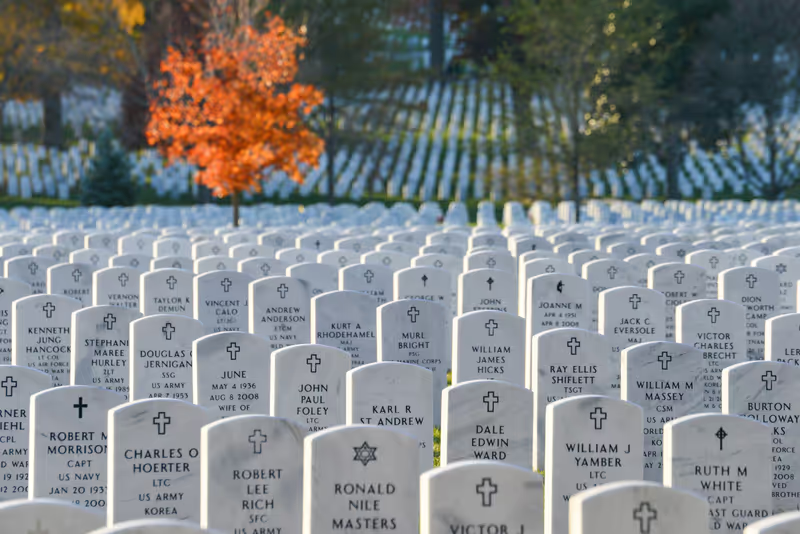
- Arlington National Cemetery is a significant military cemetery located in Arlington, across the Potomac River from Washington, D.C.
- Established in 1864, it serves as the final resting place for over 400,000 military personnel and their families, making it one of the largest cemeteries in the United States National Cemetery System
- The cemetery was established during the Civil War and is situated on land that was once part of the estate of Confederate General Robert E. Lee
- This iconic monument honors unidentified soldiers who died in combat, symbolizing the sacrifices made by all service members
- Arlington is unique in that it contains the remains of servicemen from every conflict in U.S. history, starting from the Revolutionary War
Assateague Island, Assateague Island National Seashore
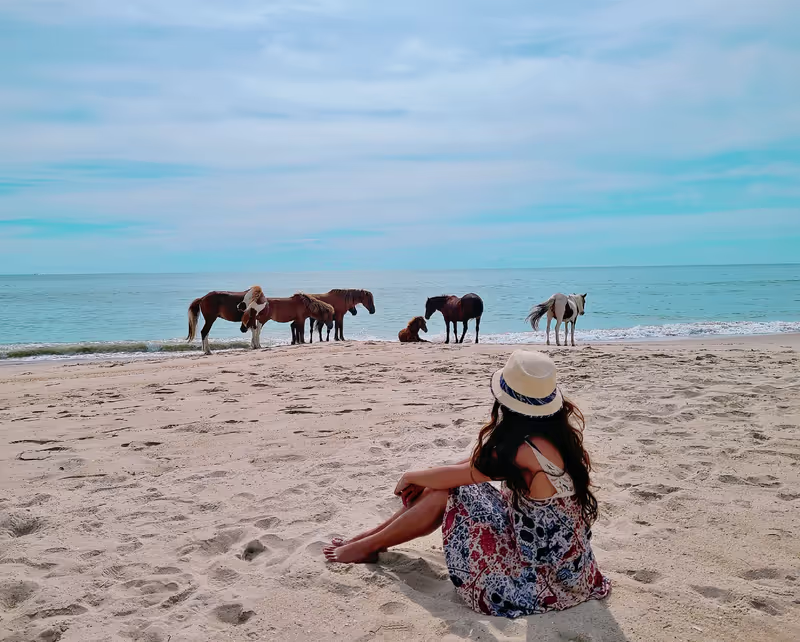
- Assateague Island is a 37-mile long barrier island, straddling the states of Maryland and Virginia
- It is renowned for its sandy beaches, salt marshes, maritime forests, and coastal bays
- Assateague Island is famous for its population of wild ponies, known as the Chincoteague ponies, which roam freely across the island
- The island offers various recreational activities, including hiking on its trails, biking, and swimming
#27 in Best Beaches in the USA
Blue Ridge Parkway

- The Blue Ridge Parkway is a scenic highway that stretches for 469 miles through the Appalachian Mountains, primarily in Virginia and North Carolina
- The parkway connects Shenandoah National Park in Virginia to the Great Smoky Mountains National Park in North Carolina
- It is renowned for its scenic views, diverse ecosystems, and recreational opportunities
Steven F Udvar-Hazy Center, Chantilly
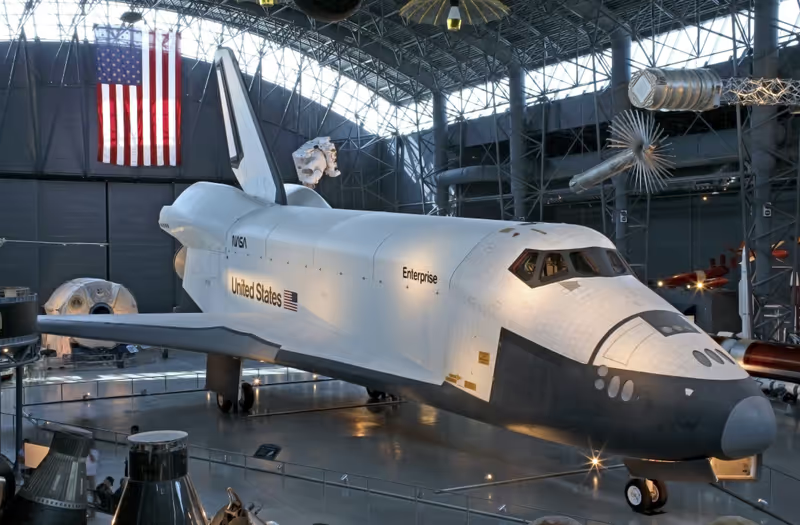
- The Steven F. Udvar-Hazy Center is a companion facility to the National Air and Space Museum located in Chantilly
- Opened in 2003, the center features two large hangars that display thousands of aviation and space artifacts
- Notable exhibits include the Space Shuttle Discovery, a Concorde, and the Enola Gay
Monticello, Charlottesville
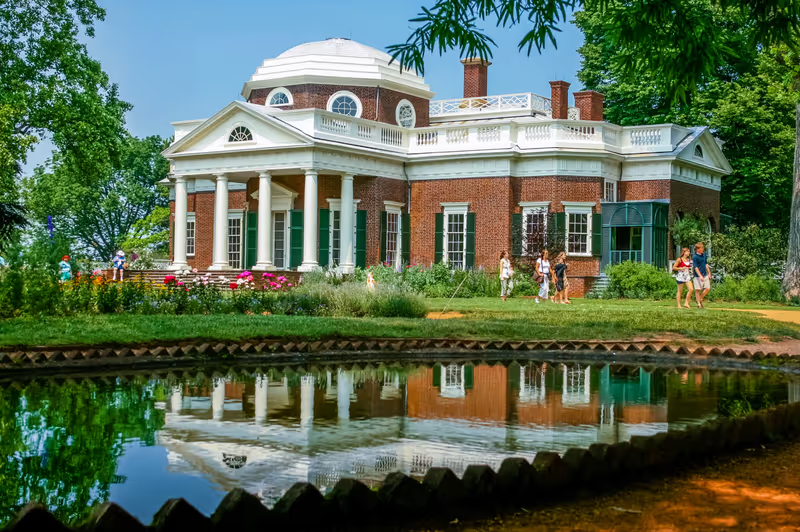
Best time to visit: May-July
- Monticello is the historic plantation and home of Thomas Jefferson, the third President of the United States and a Founding Father
- Jefferson designed and redesigned Monticello over more than forty years
- It is considered one of the finest examples of early Classical Revival architecture in the United States
- At its peak, Monticello was a working plantation that housed approximately 130 enslaved African Americans who worked on the estate
- Today, Monticello operates as a museum and research institute, offering insights into Jefferson's life, his contributions to American history, and the complexities of slavery
Oak Grove Lake Park, Chesapeake
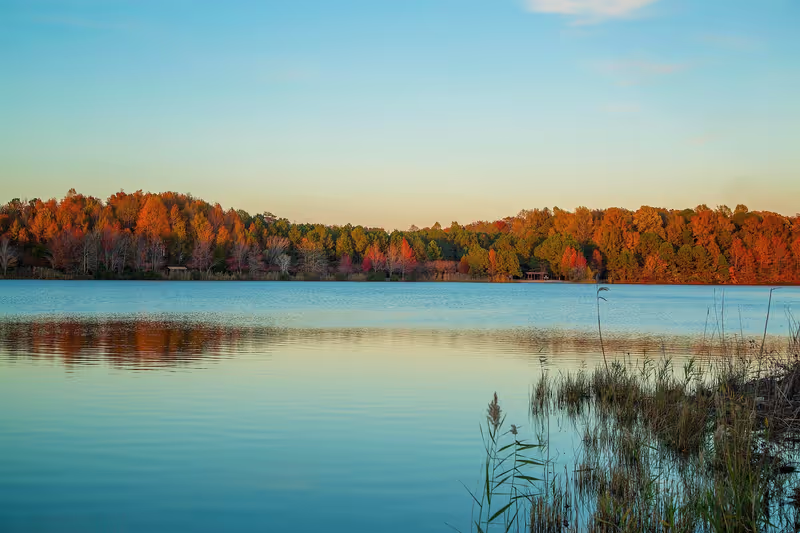
- Oak Grove Lake Park is a scenic public park located in Chesapeake
- The park features a lake surrounded by a multi-use trail, which is suitable for walking, jogging, and biking
- The area includes a mix of hardwood forests, wetlands, and open spaces, providing a habitat for various wildlife, including dragonflies, butterflies, and songbirds
Jamestown Settlement
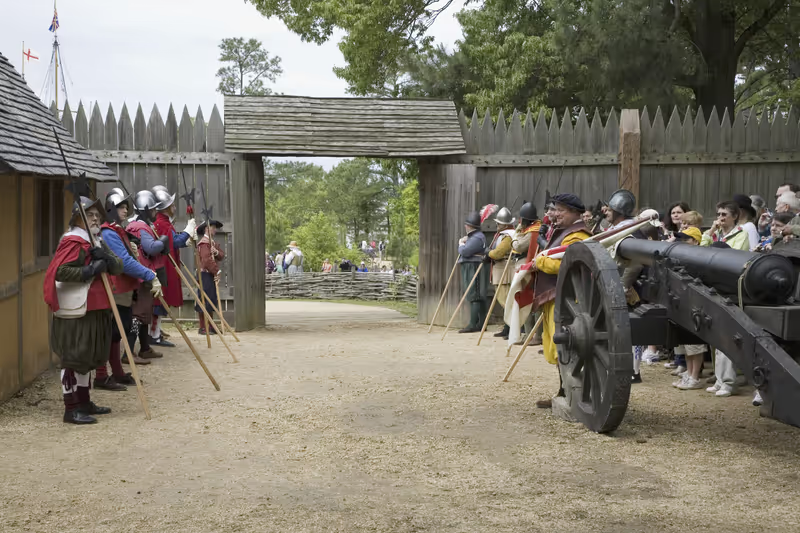
- Jamestown Settlement refers to both the historical site of the first permanent English colony in North America and a living-history museum that interprets this significant period in American history
- Jamestown was established in 1607 by English settlers sponsored by the Virginia Company
- The settlement is notable for several reasons, including its role in the cultivation of tobacco as a cash crop, the establishment of representative government in America, and its interactions with Native American tribes, notably the Powhatan Confederacy
- The museum includes replicas of the original fort, ships that brought settlers, and exhibits on daily life in the colony
Historic Jamestown, Jamestown Island
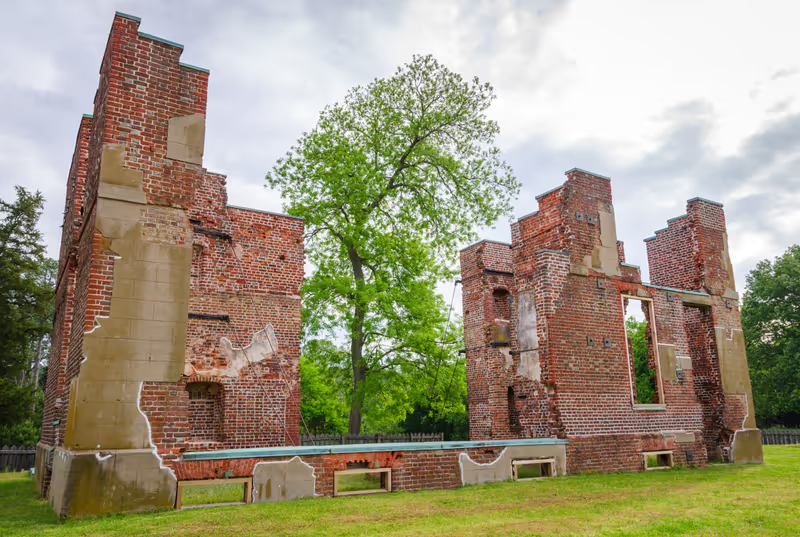
- Historic Jamestown is the site of the first permanent English settlement in North America, established in 1607
- The settlement faced numerous challenges, including conflicts with Indigenous peoples, food shortages, and disease, but eventually evolved into a prosperous colony
- The site includes the remains of James Fort and later colonial structures, and was also the site of the first legislative assembly in the colonies
- Ongoing archaeological efforts, known as the Jamestown Rediscovery project, continue to uncover artifacts and structures from the original settlement
Mount Vernon
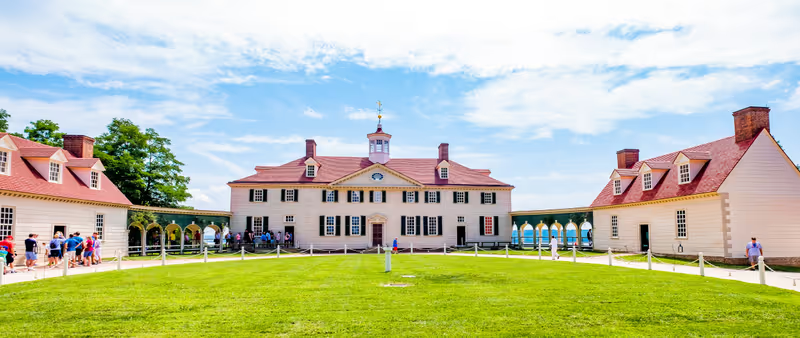
- Mount Vernon primarily refers to the historic estate of George Washington, the first President of the United States
- Located in Fairfax County, it served as Washington's plantation, and overlooks the Potomac River
- It was Washington's home from 1754 until his death in 1799 and is now a museum and memorial to his life and legacy
- The estate includes the mansion, gardens, a farm, a distillery, a gristmill, and museums dedicated to Washington's life and contributions
Virginia Museum of Fine Arts, Richmond
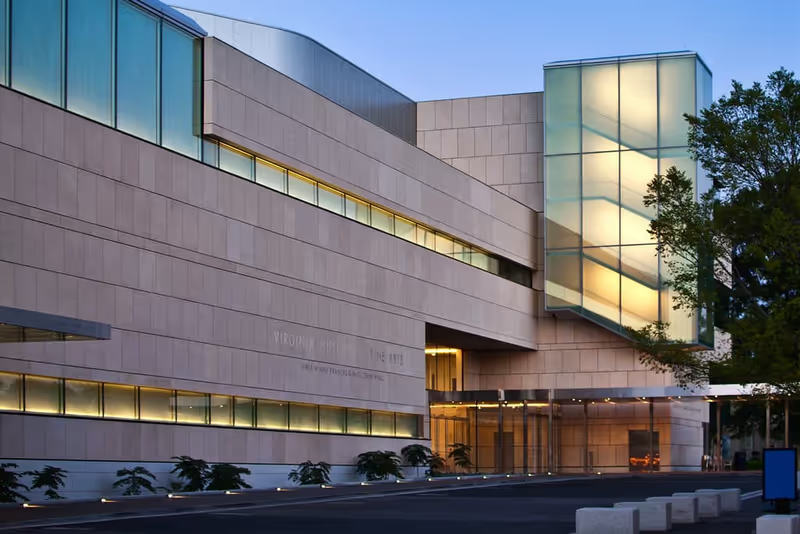
Best time to visit: April-June
- The Virginia Museum of Fine Arts, located in Richmond, is one of the largest comprehensive art museums in the United States
- It opened in 1936, and houses nearly 50,000 works of art that span over 6,000 years of world history, showcasing a diverse range of cultures and artistic styles
- The museum's design and art installations often reflect contemporary themes, as seen in its outdoor sculptures
Lewis Ginter Botanical Garden, Richmond
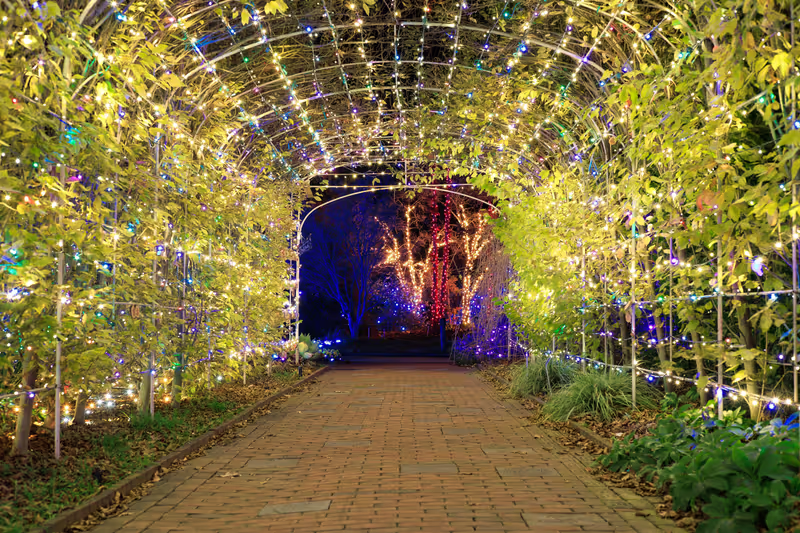
Best time to visit: April-June
- Lewis Ginter Botanical Garden is a renowned botanical garden located in Henrico County, just outside of Richmond
- Spanning over 50 acres, it features a diverse array of themed gardens, including a Children’s Garden, Rose Garden, and Asian Valley
- The garden is particularly noted for its classical domed Conservatory, which is unique in the mid-Atlantic region
Skyline Drive, Shenandoah National Park
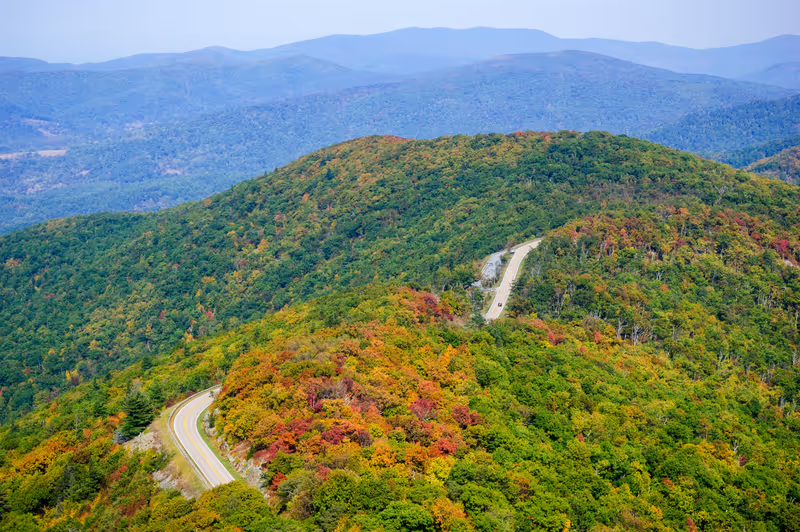
Best time to visit: March-May, Sept-Nov
- Skyline Drive is a scenic roadway that runs for 105 miles along the crest of the Blue Ridge Mountains within Shenandoah National Park
- The drive offers views of the Shenandoah Valley to the west and the Piedmont to the east, featuring 75 overlooks along the way
- The concept of Skyline Drive was proposed in the early 20th century as a way to enhance access to the park, recognizing the growing popularity of automobiles
- Skyline Drive is particularly admired during the fall when the foliage changes color, making it a prime destination for leaf-peeping
Bearfence Mountain Trail, Shenandoah National Park
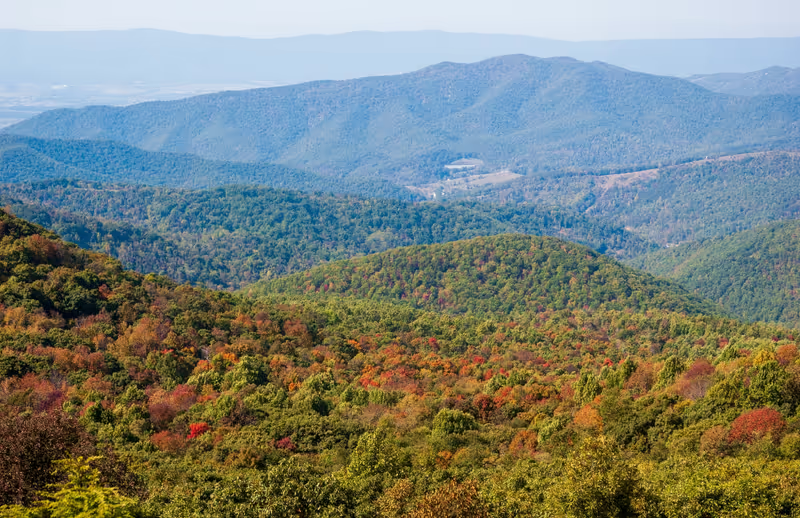
Walk difficulty: moderate
Best time to visit: March-May, Sept-Nov
- Bearfence Mountain Trail is a hiking route located in Shenandoah National Park
- One of the highlights of the Bearfence Mountain Trail is the 360-degree panoramic view from the summit, which overlooks the Virginia Piedmont and Shenandoah Valley
Blackrock Summit via Trayfoot Mountain and Appalachian Trail, Shenandoah National Park
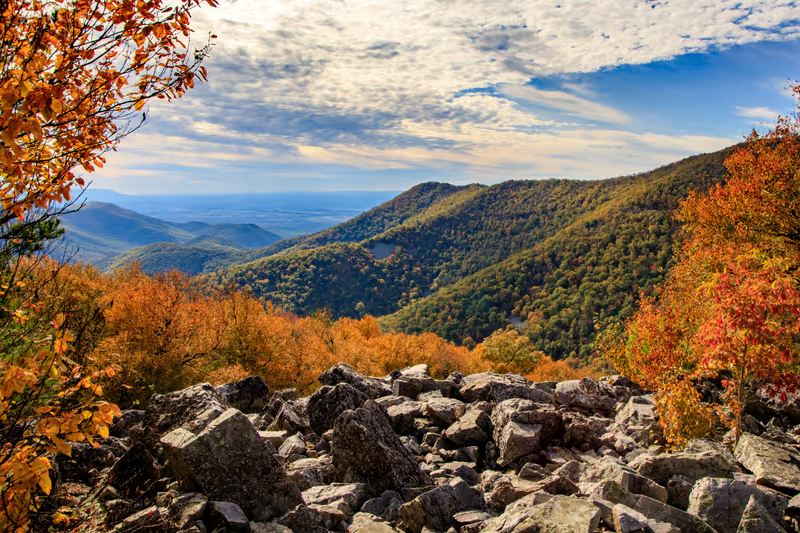
Walk difficulty: easy
Best time to visit: March-May, Sept-Nov
- Blackrock Summit is a hiking destination located in Shenandoah National Park
- The summit is known for its panoramic views of the Shenandoah Valley and Massanutten Mountain
- The trail leads to a rocky talus slope, characterized by a massive field of black rocks
- In addition to the views from Blackrock Summit, the surrounding area features diverse landscapes typical of Shenandoah National Park, including wooded sections and open meadows
#32 in Best Easy Hikes in the USA
Virginia Beach Oceanfront
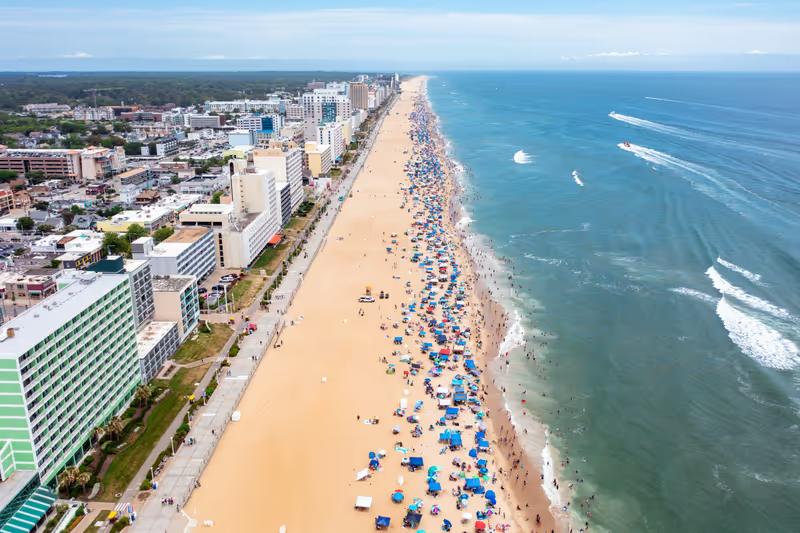
Best time to visit: late May-early Sept
- Virginia Beach Oceanfront is a resort area located along the Atlantic Coast in Virginia Beach
- It features a three-mile-long boardwalk, offering visitors a scenic promenade for walking, biking, and rollerblading
- Entertainment options include live music, street performers, and various festivals throughout the year
- Activities offered include the Atlantic Wildfowl Heritage Museum, amusement rides at Atlantic Fun Park, and a bronze statue of King Neptune
- The oceanfront also serves a wide range of shopping options, as well as, numerous outdoor cafes and restaurants
Colonial Williamsburg
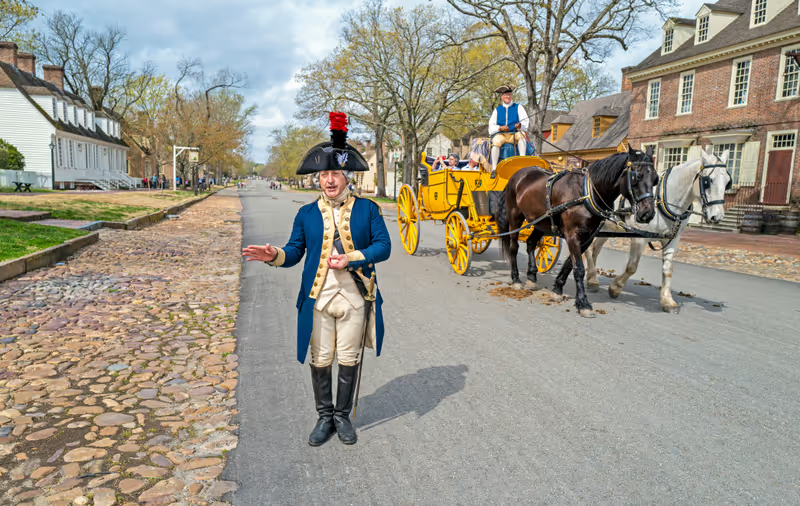
Best time to visit: March-May, Sept-Nov
- Colonial Williamsburg is the largest outdoor living history museum in the United States, located in Williamsburg
- It serves as a restoration and reconstruction of the historic district, showcasing life in the 18th century during the colonial period
- The museum features a variety of historic buildings, working tradespeople, and interactive exhibits that immerse visitors in the culture and daily life of the time
- The site was once the capital of the Virginia colony from 1699 to 1779 and played a significant role in American history
- Today, Colonial Williamsburg aims to educate and inspire visitors through experiences that reflect the values and challenges of early American life
#60 in Best Attractions in the USA
#36 in Best Museums in the USA
